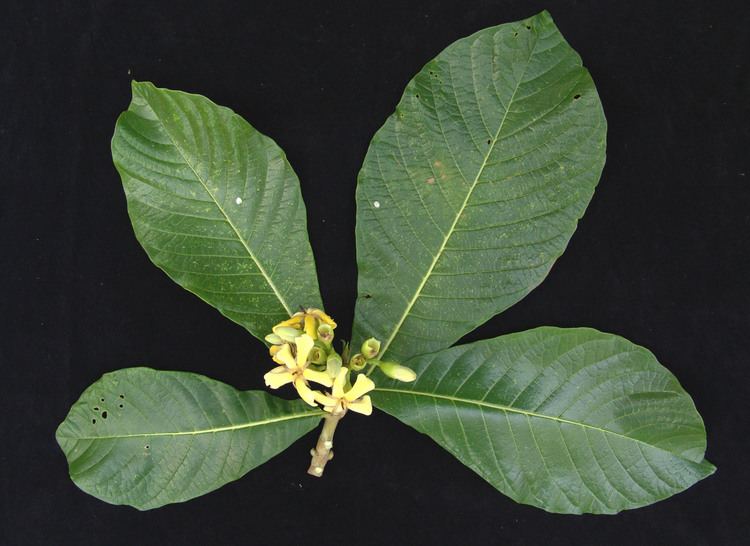Rank Species | Genus Genipa Higher classification Genipa | |
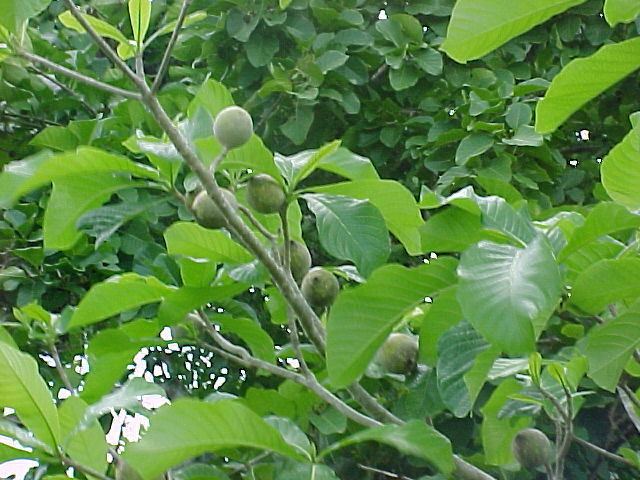 | ||
Similar Genipa, Rubiaceae, Inga, Spondias, Cecropia | ||
A tribal ritual failed experiment with berries genipa americana huito jagua
Genipa americana is a species of Genipa, native to northern South America (south to Peru), the Caribbean and southern Mexico, growing in rainforests. It is commonly called genipapo, huito, or jagua, although the name jagua is also used for other Genipa species. The Inca called it hawa or wituq. In the British islands of the West Indies, it was called the marmalade box.
Contents
- A tribal ritual failed experiment with berries genipa americana huito jagua
- Huito whito fruit genipa americana in peruvian rain forest near paucarina lodge
- Description
- Varieties
- Uses
- References
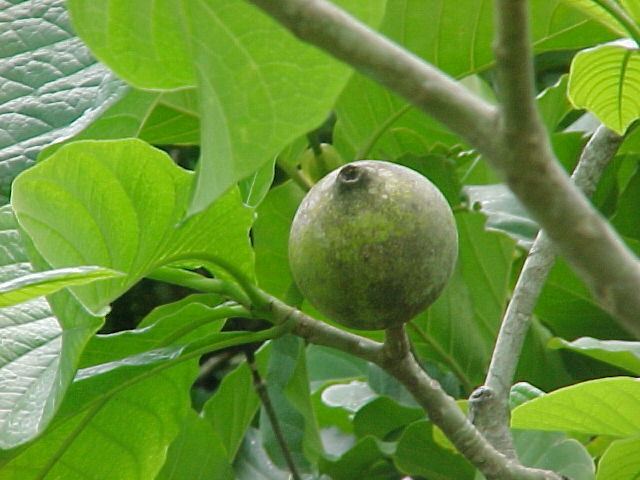
Huito whito fruit genipa americana in peruvian rain forest near paucarina lodge
Description
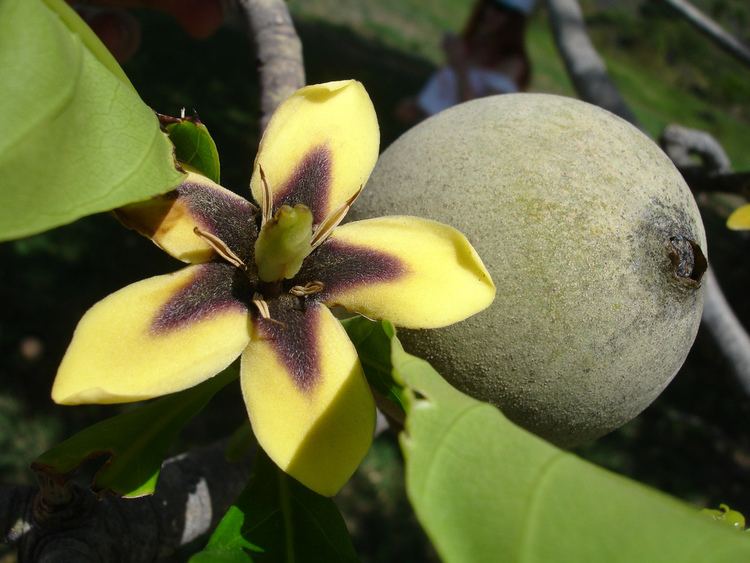
It is a small tree growing to 15 m tall. The leaves are opposite, lanceolate to oblong, 20–35 cm long and 10–19 cm broad, glossy dark green, with an entire margin. The flowers are white, yellow or red, with a five-lobed corolla 5–6 cm diameter. The fruit is a thick-skinned edible berry 5–8 cm diameter.
Varieties
A number of varieties and forms have been described:

The leaves are a food source for the caterpillars of the Fadus Sphinx Moth (Aellopos fadus).
Uses
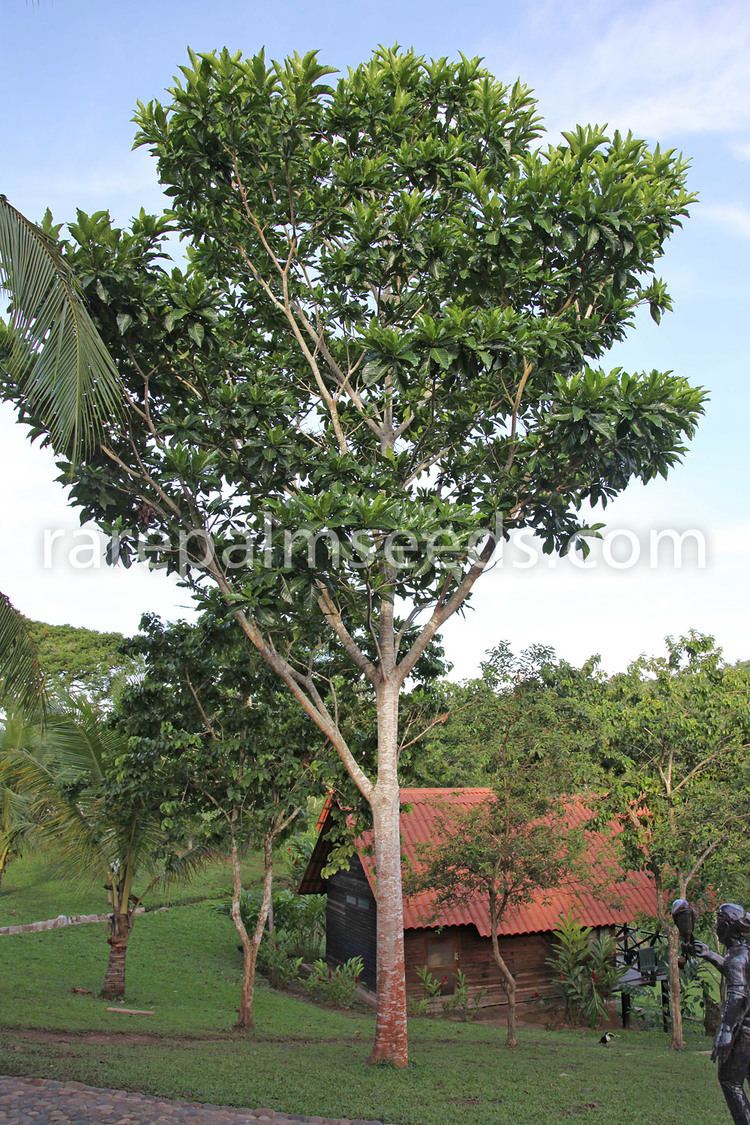
Genipa americana is cultivated for its edible fruit, which are made into drinks, jelly, sherbet and used in ice cream. It is also said to be useful for treatment of candiru attacks. South American Indians bathe their legs in the clear liquid obtained from the fruit. The liquid has an astringent effect. When the liquid oxidizes, it stains the skin black. These stains are permanent, but only color the top few layers of skin, and thus disappear after about a fortnight, when the skin is naturally shed. As South Americans Indians went into battle, they used to paint themselves with Genipa juice and annatto.
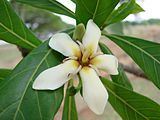
The juice of the immature fruit is clear, but induces a chemical reaction on the human skin resulting in a tattoo-like dark blue. Used by rainforest natives as body-painting color. The ripened fruit of Huito is often eaten raw or made into jam. The fruit is brewed into a tea and taken as a remedy for bronchitis. Huito prefers alluvial soils, and grows very quickly (producing in 3 years), even in heavily flooded fields. This tree can be planted but more often than not it is dispersed by animals or water. It also serves as a very good climbing tree to reach other trees. In Puerto Rico, the fruit is placed in a glass container, refrigerated and used as a tonic. Folklore states that it contains "natural glass".
